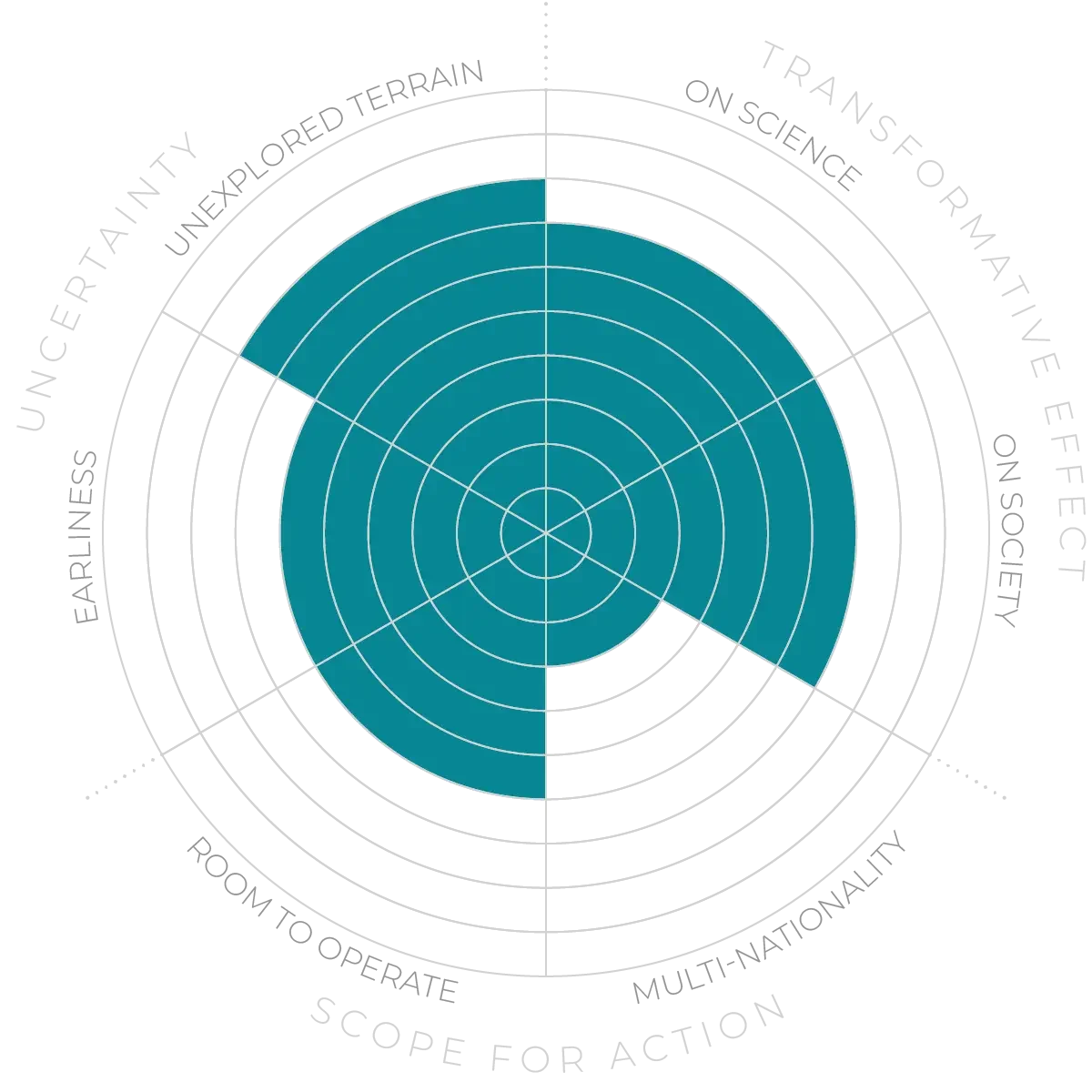5-yearhorizon
Brain modulation experiments widen their scope
Drug-control frameworks are loosened to allow PTSD and other disorders of the brain to be treated in wider clinical settings using psychedelics. Electrical stimulation of the brains of coma patients sees some success in re-establishing higher levels of consciousness. Clinical trials in selected neurological and psychiatric disorders accelerate technologies capable of extracting information from the brain, inserting information or closing the information loop, thus enabling direct modulation of conscious states.



